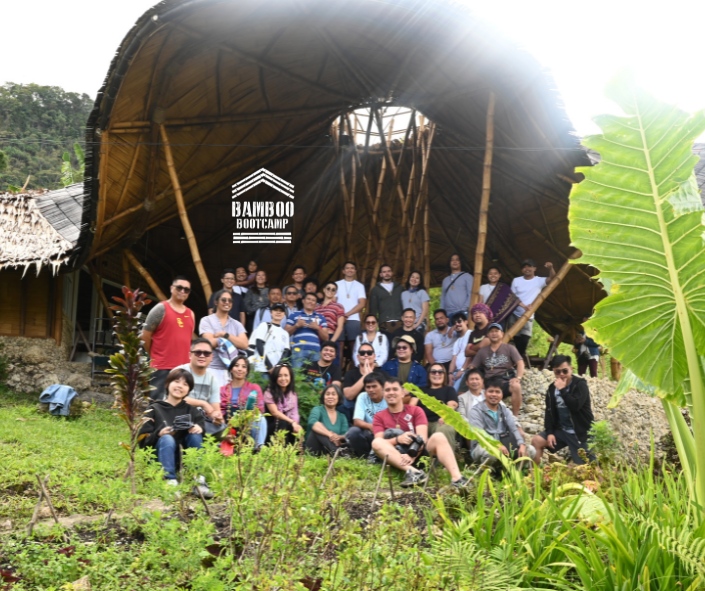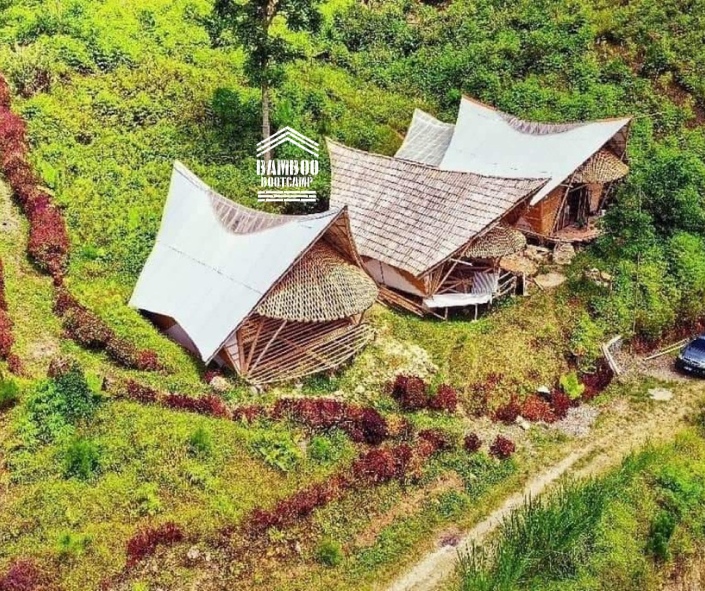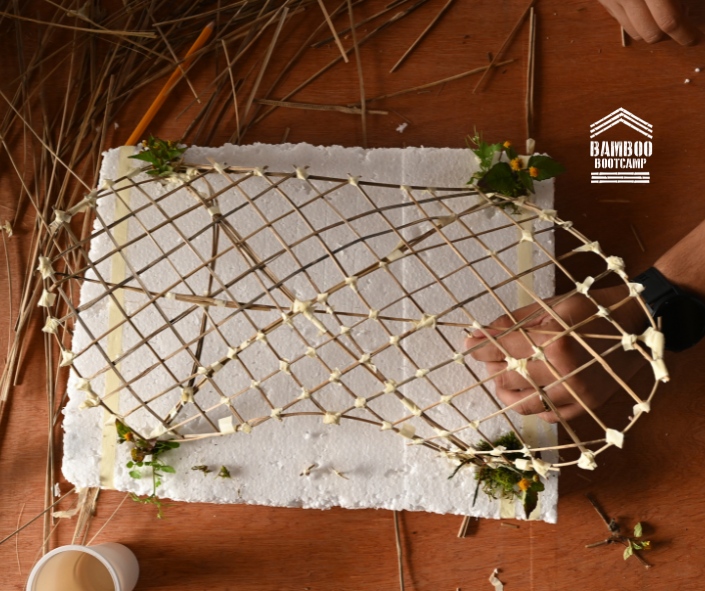Bamboo as a Mainstream Construction Material: is it time to take use of bamboo in construction seriously?

From all the way back in history, the use of bamboo in construction always took a step to the back to make way for timber and steel. Bamboo takes second place, usually used in scaffoldings when building tall towers. Oftentimes, Bamboo was used as a secondary material, more often than not, only to serve aesthetics, and as help when structuring steel beams. However, in today’s world, the use of bamboo in construction has changed, but just how drastic has that change been, and is it time for Bamboo to become a mainstream construction material?
BAMBOO IN GENERAL

Bamboo in general is considered a wild grass that, if not maintained, can threaten to take over any area they are planted in. Because Bamboo is a wild grass, it can grow almost anywhere, and that also makes it a natural and renewable resource that is capable of growing rapidly that would erase any worry of it easily becoming depleted. Bamboo, when compared to trees, emits more oxygen and absorbs a lot more carbon dioxide. There are over a thousand known species of bamboo but there are only several species that can be used for construction.
BAMBOO AS A CONSTRUCTION MATERIAL

Bamboo has the capacity to absorb energy, and their high bending strength makes the use of bamboo in construction ideal. It is robust and has great tensile strength that is comparable to that of both timber and steel, a compressive strength that, when compared to concrete, is two times greater, and the shear stress of bamboo is higher compared to wood.
What does this mean? In layman’s terms, the stress and strength of a construction material is important in not only structures, but in machines as well, because they are usually the subject of load and deformation, which means that the materials used need to withstand the stress continuously applied to it without fail.
Bamboo: A lightweight construction material

The use of bamboo in construction has a lot of advantages to it, more so that its disadvantages need not actually be mentioned as it is engulfed by its advantages. Bamboo is a lightweight construction material. And that means it is easier to handle at the most, while the need for heavy machinery might still be needed, the strain on it will not be the same compared to when handling steel or timber. This also means that transport is vastly easier if bamboo is the material to be used. And finally, it is easier to store bamboo, which makes it the use of bamboo in construction all the more appealing.
Bamboo: An easier construction material to manipulate

The use of bamboo in construction also means that the machinery used isn’t machinery and equipment that is sophisticated to use. This is because bamboo is easier to handle, cut, repair, maintain, and reposition if needed. The threshold for needing a lot of things when handling bamboo also lessens.
Bamboo: A flexible and synergistic construction material

Bamboo not only can be used as a structural material, it can also be used as paneling, drainage, actual pipes, flooring, and even furniture. It can also be used together with a lot of other construction materials that can help reinforce the foundations of the bamboo structure itself.
Bamboo: An Earthquake resistant construction material

Enter the popular term: “The bamboo bend, rather than break.” And while this can be metaphorically used in a lot of instances, when it comes to the use of bamboo in construction, this literally means that a structure that is made with Bamboo is less likely to topple, or be damaged when an earthquake hits.
This is something that usually shocks people. Yes, the use of bamboo in construction, especially in places more prone to earthquakes is more favorable than using steel and timber. This is due to its strength-to-weight ratio and its elastic quality. In a bamboo pole, each of its nodes has a transverse or dividing wall that allows bending, this also prevents the bamboo from rupturing when bent. This quality alone makes it a superior earthquake resistant material. But adding to that, ropes, nails, and other typical carpentry fasteners can be used in the structural joints of a bamboo structure that can help redistribute the forces and additionally aid in absorbing shock during an earthquake. This will help the bamboo sway along to the earth, allowing it to stay firm, avoid toppling over and causing sometimes irreparable damage to property and people.
A proof of this is when an earthquake hit somewhere in Costa Rica and all 20 houses made of bamboo remained standing, even after being in the epicenter of the earthquake. An additional proof of the superiority of this is that the bamboo houses and structures located in the Cook Islands withstood three huge typhoons that hit it.
Bamboo: A sustainable construction material

As mentioned earlier, Bamboo is a wild grass that can take over a whole area of a place it is planted in. This quality is present in every species of bamboo, which means that the species that can and is usually used for construction can easily be sustainable like this. Bamboo is known to grow for at least 1 meter in a day, and this growth rate also adds to it being a sustainable construction material. One additional property of bamboo is that everything about it can be used, and if there is excess, it can be thrown back into the earth and be used as fertilizer.
IS IT TIME FOR BAMBOO TO BECOME A MAINSTREAM CONSTRUCTION MATERIAL?

Today, many countries, government agencies, various green organizations, and small builders are studying the use of bamboo in construction. This is something that is positive when it comes to everything bamboo. Long has bamboo been available for everyone to use as a construction material, and with the right push, the right studies, and the right use of bamboo in construction, it would be safe to say that the time is right for Bamboo to gain its rightful place as a mainstream construction material.
* The Bamboo Bootcamp is a Bamboo workshop for anybody with the LOVE and Interest in Bamboo and on a mission for a sustainable ecosystem. Farmers that want to propagate, professionals who want to see its properties as a strong building material, Craftsmen who want to learn how to work with it, Enthusiasts who want to learn of its many uses, Arts & Crafts Lovers who want to learn how to use Bamboo as a medium and Entrepreneurs, LGUs and Business People who can see the opportunity for livelihood. The Bamboo Industry fulfils the 17 Sustainable Goals set forth by the UN, thus allowing participants to indulge in building a better world through Bamboo.

Recent Comments